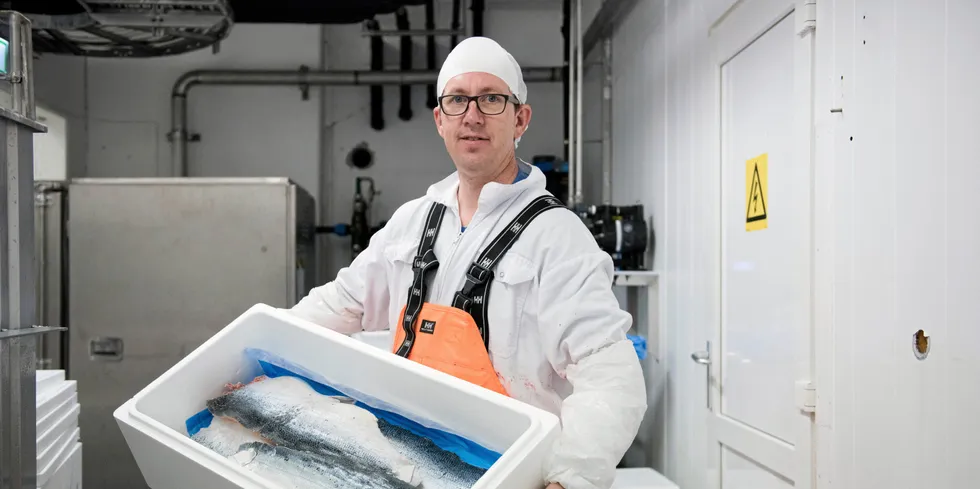Researchers say this chilling method could save the processing sector millions in costs and emissions
When fish is cooled quickly to a temperature between 0 degrees Celsius and the freezing temperature it is called subcooling.

When fish is cooled quickly to a temperature between 0 degrees Celsius and the freezing temperature it is called subcooling.
